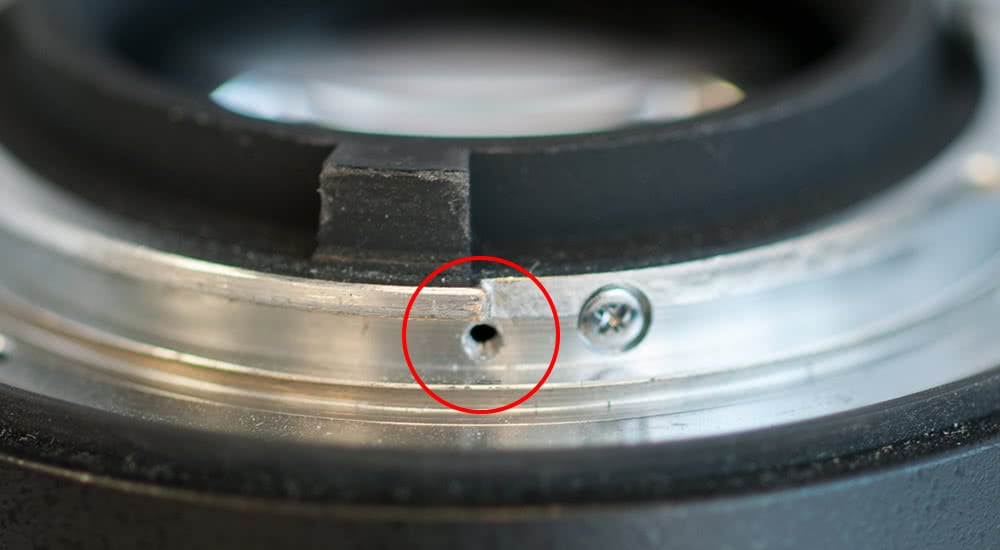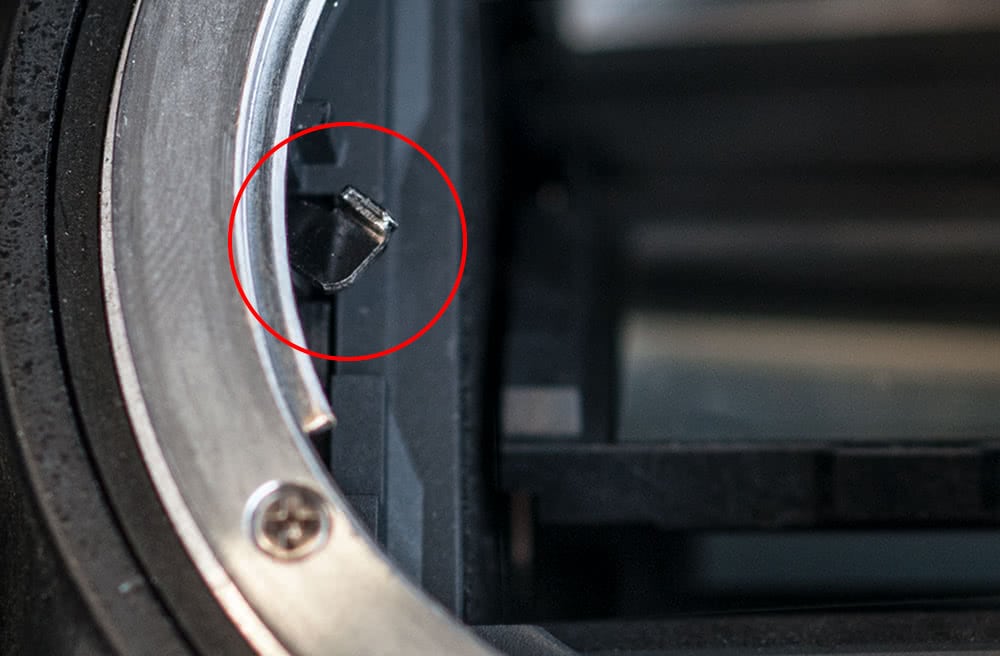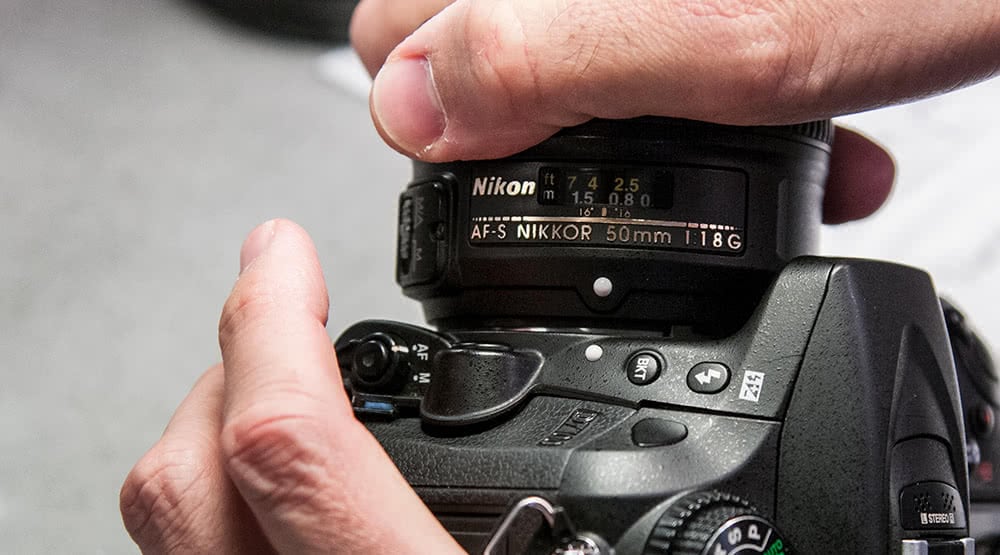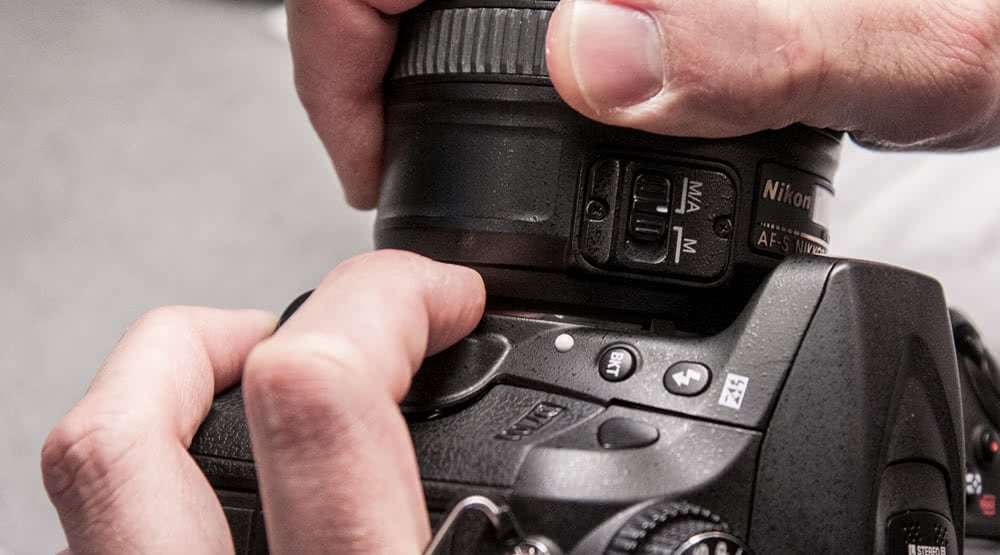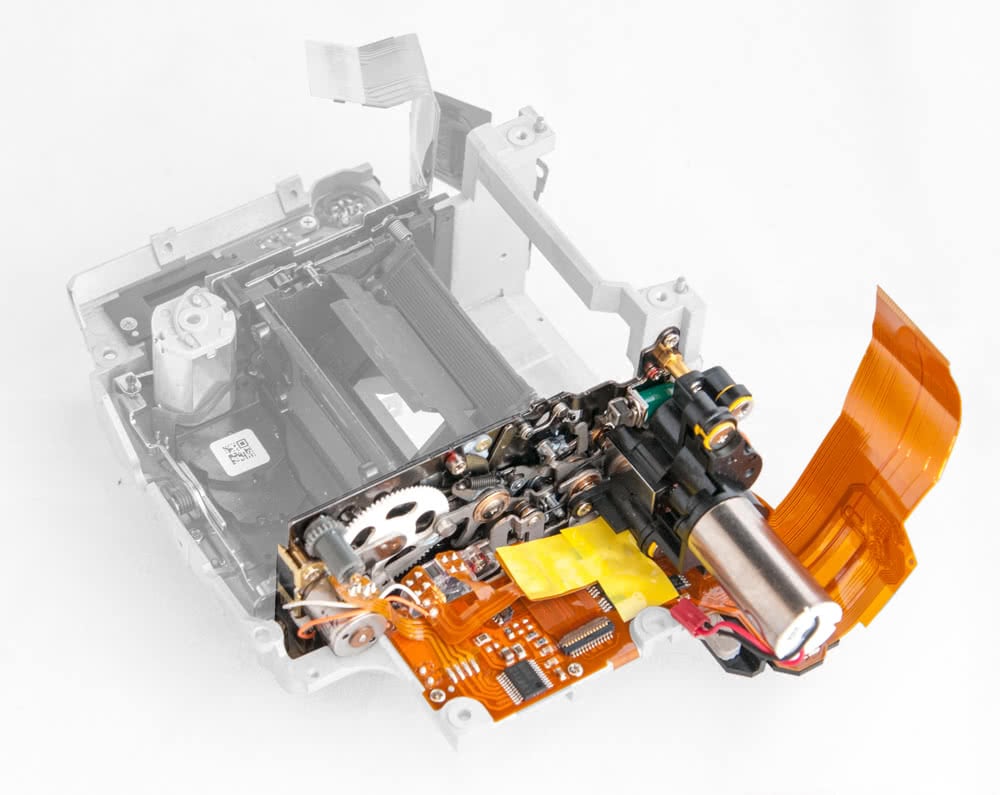In part two of our Nikon technicians feature we meet the rest of the team who work hard to keep your Nikon kit in top working order.

 Sunny
Sunny
Sungharsh’s career began in Hyderabad, India, where he was trained by Konica-Polaroid and where he worked for around nine years before leaving for the UK and joining Fixation in March 2007.
Nikon flashguns are his main area of expertise, as well as professional cameras and mid and pro-range lenses.
Sunny’s hobbies include watching cricket, designing JavaScript HTML websites and astronomy. He studied the latter at UCL and combines it nicely with his interest in cameras by practising Astro-photography in his spare time.
Tiho
Bulgarian national, Tihomir studied journalism and literature in Veliko Tarnovo before working as a radio station DJ whilst at the same time running his own photography studio and portrait business. He later set up his own business repairing electronic equipment such as film projectors and has worked in a digital photo lab.
Tiho joined Fixation in March 2016 and repairs mainly Nikon semi-pro bodies such as the D300 and D600 series, as well as flashguns and some lenses. He may have quite a giggle, but this belies a penchant for serious literature of the classic Russian type, in particular Dostoyevsky’s Crime and Punishment.
 Pabita
Pabita
Pabita may be petite, but she’s a powerhouse when it comes to repairs. She studied electronics and engineering at Tribhuvan University in Kathmandu, Nepal, before joining Nepal Television Corporation as an operation technician using Sony video cameras and monitors in the studio, later making the switch to repairs. She began by repairing large, heavy-duty products, later adding more conventional consumer products to her repertoire. She joined Fixation in April 2007 and these days specialises in expiring Nikon pro bodies such as the D700 and D800 series. Pabita’s free-time revolves around her young family, but she also enjoys reality shows such as Strictly and Bake-Off. Her ideal dinner party guests include a feisty American comedienne and two British Prime ministers. It might result in some lively conversations, but one thing we’re sure they’d agree on is the tastiness of Pabita’s Nepalese curries.
 Tom
Tom
Tom studied electronics at Szczecin University in Poland before setting up his own travel business providing tailor-made packages to holiday-makers.
Always a photography enthusiast, Tom joined Fixation in November 2006 and specialises in Nikon’s pro and semi-pro camera models. Biker Tom loves to travel, especially in Asia and is a regular attendee at music gigs. Favourite performers include electronica artists, Jon Hopkins, Moderat and Bonobo. In quieter moments he’ll be found watching US drama series such as Breaking Bad, or reading a cyberpunk novel by William Gibson. He’d probably win the title of “Fixation’s Coolest Dude”.
 Jay
Jay
Perpetually cheerful and all-round nice guy, Jay studied motor mechanics at Willesden Polytechnic before becoming a mechanical engineer at a machinery factory in 1978. In 1985 he joined Olympus as a repairer and in 1987 moved to Pentax where he happened to work alongside our own Navin Ranpura. Following a stint at Orion Photographic, Jay joined Fixation in July 1994, making him the second longest serving member of staff. Aside from family, Jay’s big love is cricket. Once an all-rounder, but now predominantly a batsman, Jay plays for Bharat CC in the Wembley area of Middlesex. He also values the sense of community and volunteers as a helper at events such as a 10-day Indian festival and summer BBQs that cater for 800 people. Jay also enjoys Eastenders and has fond memories of watching Crossroads in its heyday. Perhaps this is what gave him the incentive to fix broken things.
 John-Jay
John-Jay
Possibly the quietest person at Fixation, no-one would be surprised to know that John-Jay is a keen chess player in his spare time, but even close colleagues may raise an eyebrow when they learn that John-Jay rocks out to the likes of Aerosmith and Bon Jovi in the privacy of his own shower. After studying electronics at Zamboanga University in his native Philipines, John worked with robotics and machine manufacturing for a company called Greatech Philipines Inc. before working as a programmer and wirer for companies such as Motorola, Samsung and intel. Chelsea fan John joined Fixation in October 2008 and repairs Nikon entry and mid-range cameras and their range of flashguns. He tries to return to the Philipines as often as he can, in fact life is a Bed of Roses if he’s able to do this every year.
You can read part 1 of the Nikon technicians feature here.

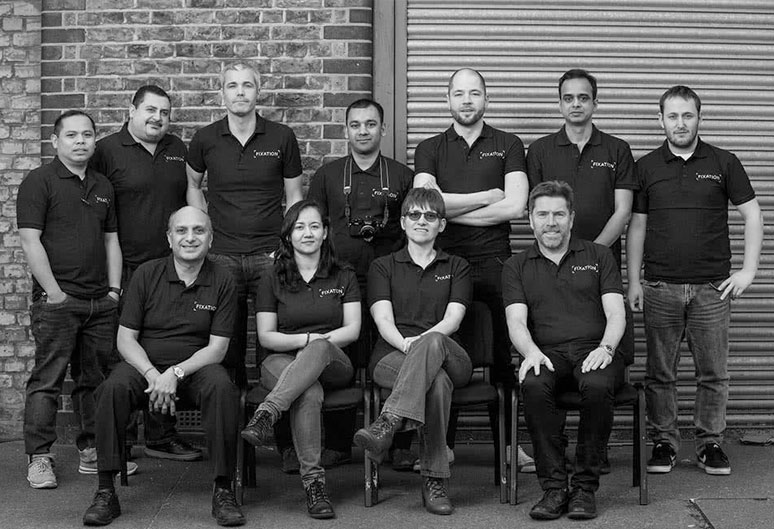
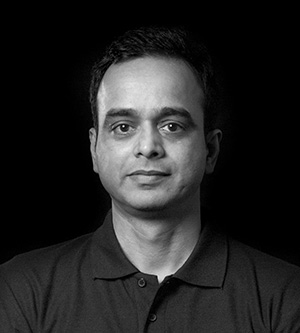 Sunny
Sunny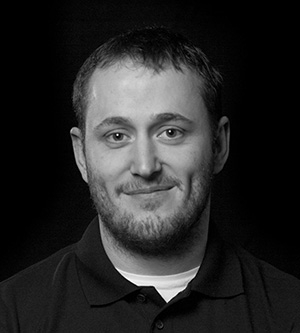
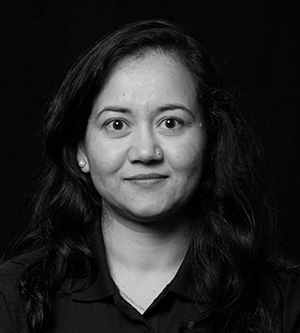 Pabita
Pabita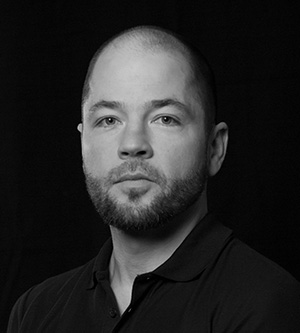 Tom
Tom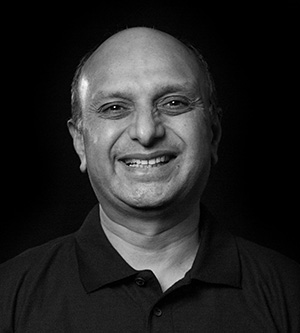 Jay
Jay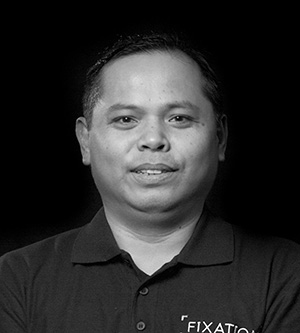 John-Jay
John-Jay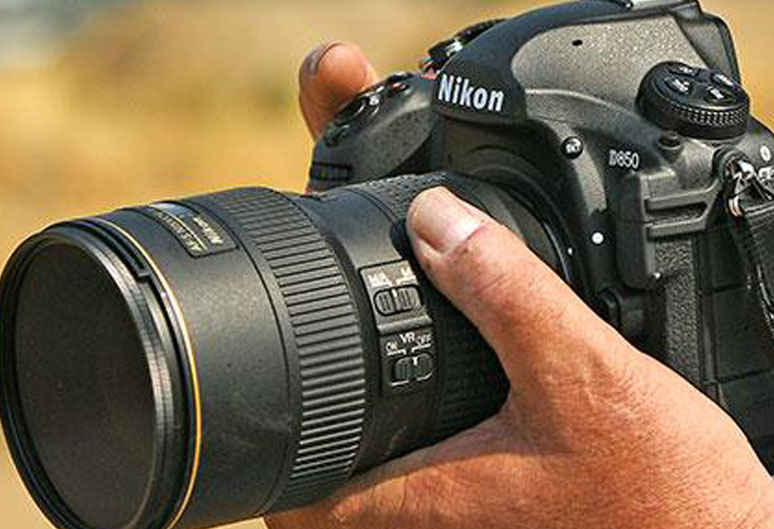

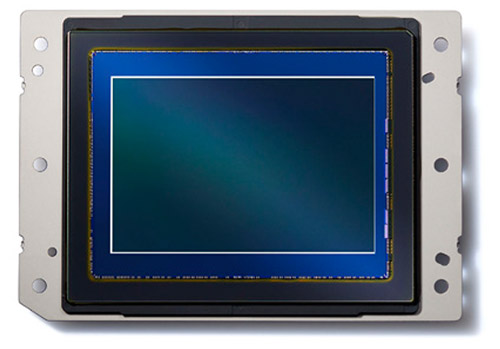 The 45.7 megapixel CMOS sensor approaches medium format-level resolution and forgoes an optical low pass filter to harness the maximum sharpness of Nikkor lenses, with fantastic fidelity, tonality and clarity. This is also Nikon’s first DSLR to incorporate a back illuminated CMOS sensor, which captures light more efficiently, resulting in a wider dynamic range and low-noise image capture.
The 45.7 megapixel CMOS sensor approaches medium format-level resolution and forgoes an optical low pass filter to harness the maximum sharpness of Nikkor lenses, with fantastic fidelity, tonality and clarity. This is also Nikon’s first DSLR to incorporate a back illuminated CMOS sensor, which captures light more efficiently, resulting in a wider dynamic range and low-noise image capture.

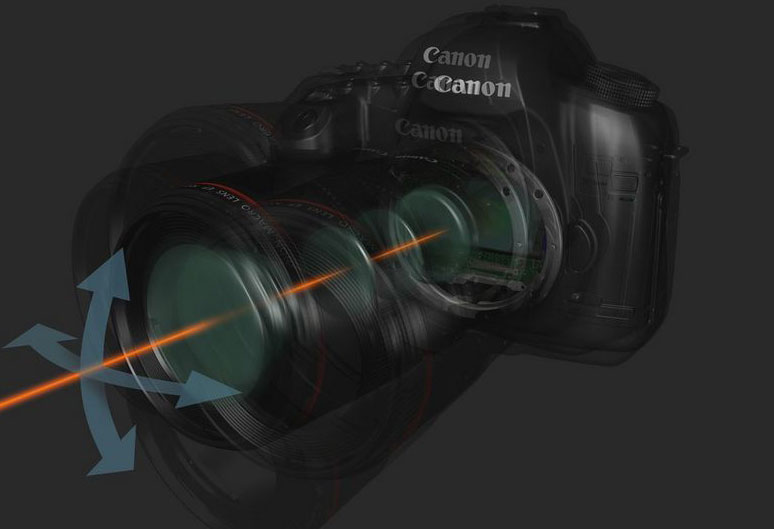
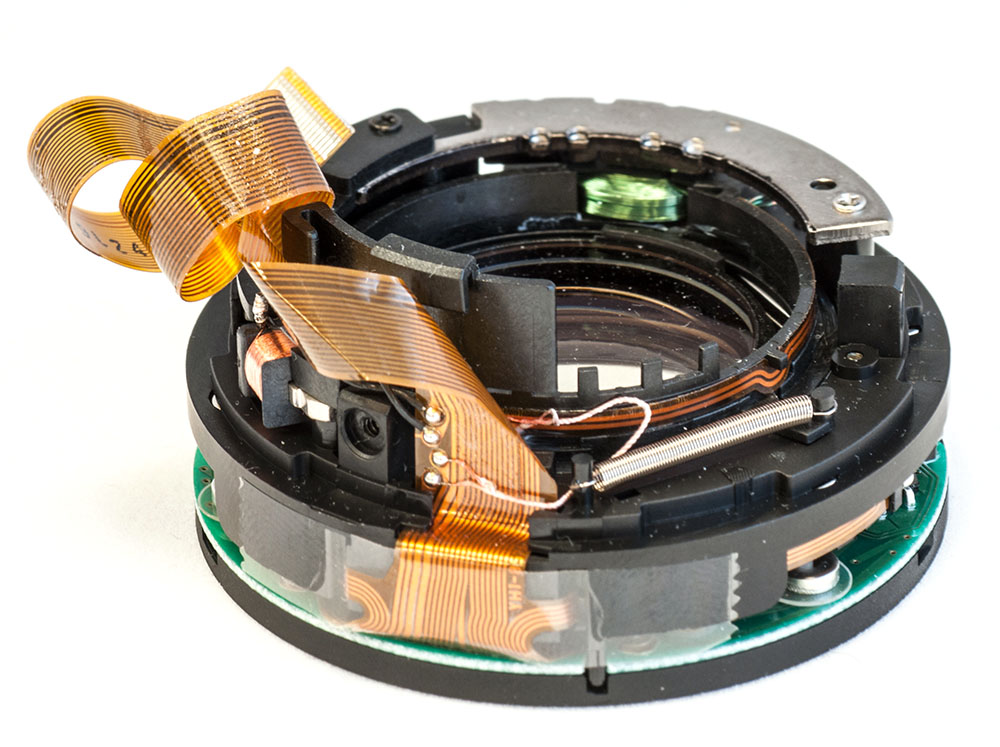
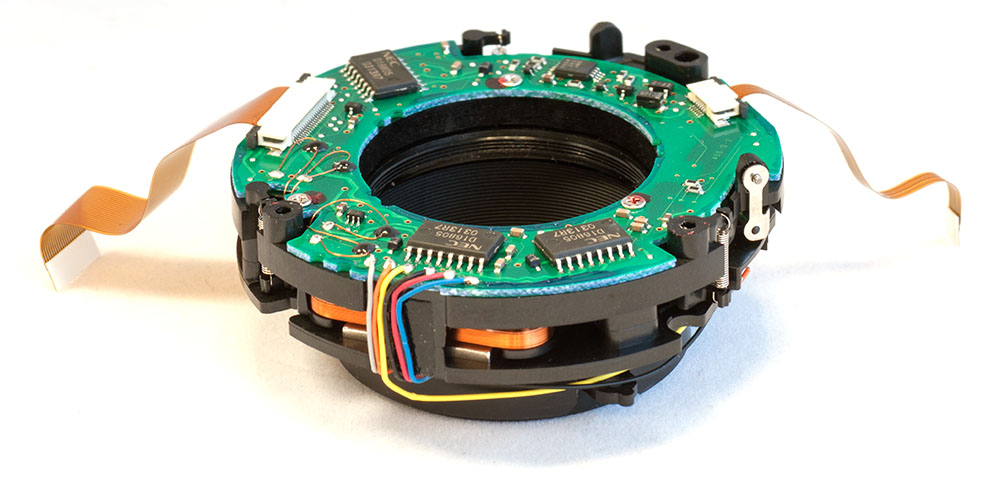
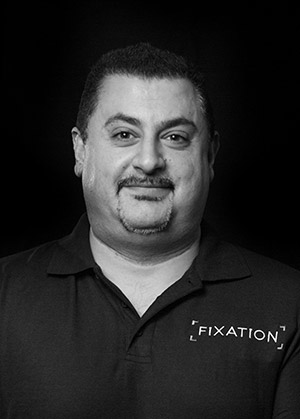
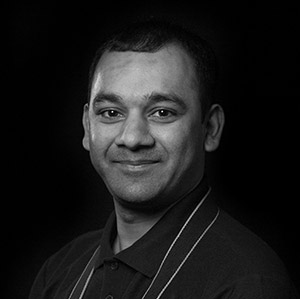 Noz
Noz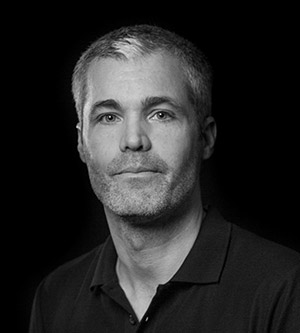 Chris
Chris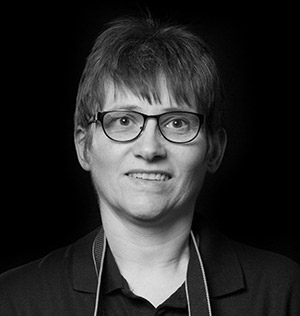 Joy
Joy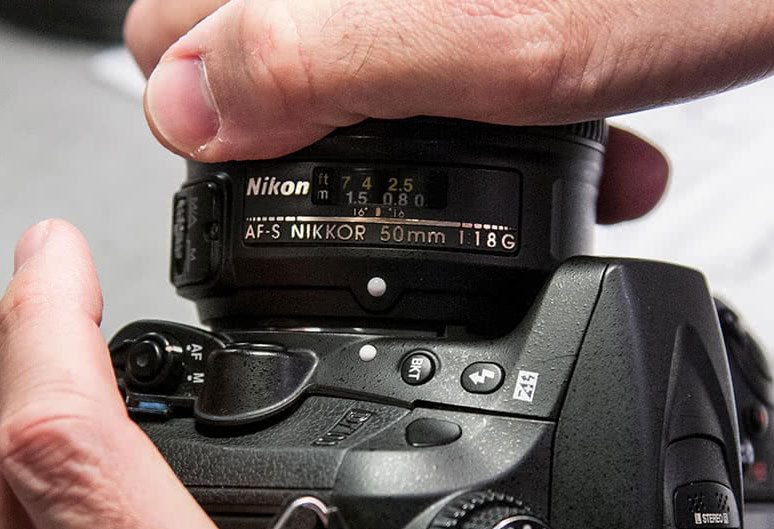
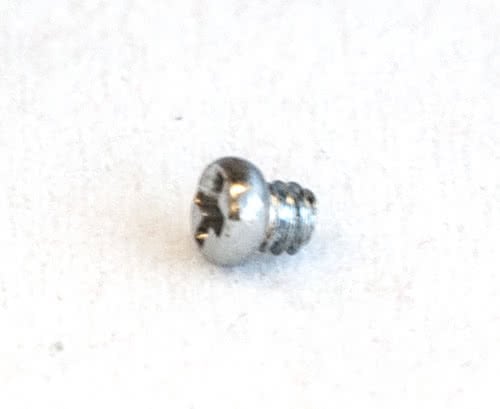 Here’s a useful tip for Nikon users: You see this screw? This 2mm screw that can be found tucked on the side of the bayonet on all Nikkor lenses? Well, if it falls off it can cause a lot of expensive damage!
Here’s a useful tip for Nikon users: You see this screw? This 2mm screw that can be found tucked on the side of the bayonet on all Nikkor lenses? Well, if it falls off it can cause a lot of expensive damage!